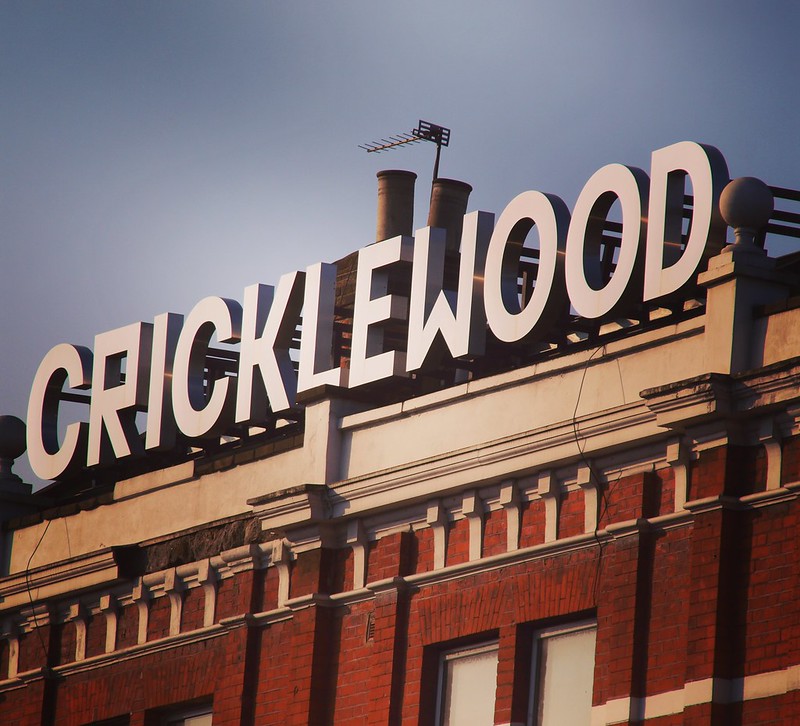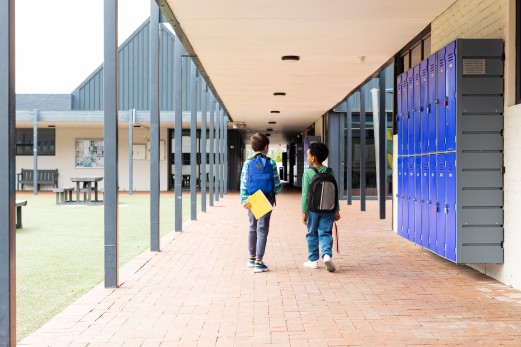
HOW HAS THE REGENERATION OF CRICKLEWOOD AFFECTED HOUSE PRICES?
Cricklewood has undergone extensive regeneration in the last 15 years, and this has transformed the area for its residents. The redevelopment has also had an impact on house prices, and increased Cricklewood’s desirability.
Here’s some information about the regeneration work, and how property prices have been affected.
Cricklewood Regeneration – The Main Areas Of Improvement
Cricklewood’s mixed-use regeneration scheme was one of the largest of its kind in the country. With £4.5bn invested into the area, there was a focus on retail, transport, and infrastructure. The key improvements were:
Brent Cross Shopping Centre
The shopping centre (already a major draw for residents and visitors to the area) was scheduled for expansion in 2018. The plans included a new cinema, 60 more restaurants, and 200 additional retail stores. It’s predicted to be completed at some point in 2022, and should create 3,500 new retail jobs.
Transport Improvements
Barnet council and Capita are planning to build a new Thameslink station at Brent Cross (Brent Cross West), which will make it even easier to get into Central London. A new bus station has already been built, and improvements made to some of the area’s major roads.
Enhancing Public Spaces
Cricklewood’s public areas have been improved by East Architecture Landscape Urban Design and Robin Lea Architecture. The enhancements included:
- Pavement widening and decluttering
- The extension of Cricklewood Station’s forecourt to create a more appealing entrance
- Improving pedestrian flow through the town centre by raising a central reservation and removing some guardrails
- The regeneration of a playground to create an exciting new social area
Refurbishing Store Fronts
12 shops were selected for an aesthetic overhaul, with a focus on restoring brickwork and creating new signage. This ‘tidied up’ the appearance of the area, and restored the buildings’ former character.
How Has This Affected House Prices In Cricklewood?
Usually, when a town is regenerated, property prices rise accordingly - and Cricklewood is no exception. Ten years ago, the average home in the area cost £397,264, according to Land Registry data. Since then, prices have risen by 69.8% - a rate that’s higher than many other parts of London.
The market has also survived the volatility of Brexit, which cannot be said for everywhere in the capital. It’s one of the few places where house prices continue to rise, with values increasing by 14.8% since 2018.
What Properties Are In Demand?
Cricklewood’s excellent transport links have increasingly attracted city workers; especially young professionals. Flats remain the most commonly sold type of property – last year, the average price of an apartment in the area was £493,311. Families are still buying homes here too, with terraced houses being popular, followed by semi-detached properties.
What Does The Future Hold For Cricklewood?
Experts predict that Cricklewood’s popularity is unlikely to diminish any time soon. It has a lot to offer residents, and the regeneration works have made the area much more desirable. As such, it’s wise to invest in the town as soon as possible, before property prices rise any further. This is a great way to generate profit from capital growth in the future.
(Photo Credit: Rob)

